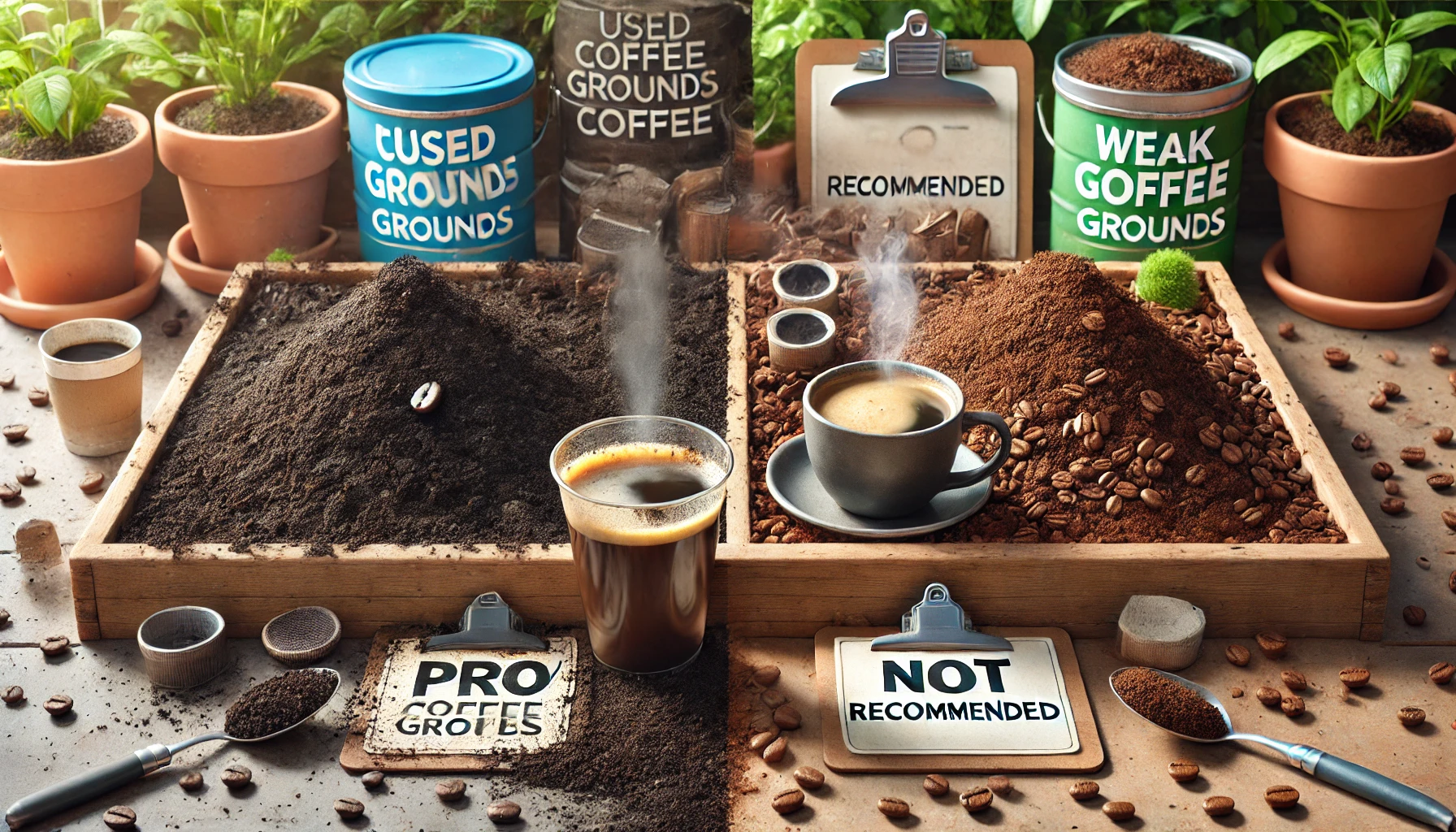If you’re a daily coffee drinker, you’ve probably wondered: Can I reuse coffee grounds to make another cup? It seems like a clever way to stretch your beans, reduce waste, or just experiment—but is it worth it?
In this article, we’ll explore the pros and cons of reusing coffee grounds, whether for brewing or other practical uses, and help you decide when (and how) it actually makes sense.
What Happens to Coffee Grounds After Brewing?
During brewing, hot water extracts:
- Acids
- Oils
- Aromatic compounds
- Caffeine
Most of the flavor, aroma, and caffeine are released during the first brew. What’s left behind? Primarily cellulose, some bitter compounds, and traces of caffeine—not exactly the recipe for a delicious second cup.
Reusing Coffee Grounds to Brew Again: The Truth
Pros:
- Saves a small amount of money in the short term
- Slight caffeine content still remains
- Could be used in emergencies or while camping
- Might work for cold brew when blended with fresh grounds
Cons:
- Weak and watery taste
- Higher bitterness and acidity from over-extraction
- Almost all aromatic complexity is gone
- Can taste stale or burnt
- Unsanitary if reused hours later or stored improperly
Verdict: Reusing coffee grounds for a second brew is not recommended if you care about flavor. It’s rarely worth the drop in quality.
Better Ways to Reuse Coffee Grounds (Non-Brewing)
While re-brewing may not be ideal, used coffee grounds are surprisingly useful in other ways.
1. Natural Fertilizer
Coffee grounds are rich in nitrogen, potassium, and magnesium, making them great for:
- Garden beds (especially acid-loving plants like roses and tomatoes)
- Compost bins
- Mixing with soil to improve drainage and aeration
Use in moderation, as high acidity can affect some plants.
2. Odor Neutralizer
Dry, used grounds absorb odors, perfect for:
- Fridge and freezer deodorizer
- Shoe freshener
- Hand scrub after chopping garlic or onions
Place dried grounds in a small open jar or fabric pouch.
3. Natural Cleaning Scrub
Their gritty texture helps scrub surfaces gently. Use them to:
- Clean pots and pans
- Remove stuck-on food
- Polish sinks or grills (avoid porous surfaces)
Mix with a little soap or vinegar for extra cleaning power.
4. DIY Beauty Products
Used coffee grounds make a great base for exfoliating scrubs:
- Combine with coconut oil or yogurt
- Use as a face or body scrub
- Reported to help reduce puffiness or cellulite (results vary)
Just be cautious of skin sensitivity.
5. Pest Repellent
Sprinkle used grounds around plants or doorways to repel:
- Ants
- Slugs
- Fleas (some claim success when used with pet shampoo)
While not foolproof, it’s a natural, chemical-free option.
6. Craft Projects and Dyes
Dried coffee grounds can be used to create:
- Aged paper effects for crafts
- Natural brown fabric dye
- Scented candles with a rich coffee aroma
Great for creative upcycling around the home.
How to Store Used Coffee Grounds
If you want to reuse grounds later:
- Dry them immediately to prevent mold growth
- Spread on a tray and let air dry
- Store in an airtight container in a cool, dry place
- Do not reuse if they smell sour or look moldy
For gardening or cleaning, you can freeze them in small batches if needed.
Final Thoughts: Brew Once, Repurpose Smart
Reusing coffee grounds for a second brew isn’t recommended if you’re after flavor—but they can still serve a purpose. From fertilizing plants to neutralizing odors and crafting DIY scrubs, used grounds offer eco-friendly ways to reduce waste and add value to your coffee habit.
So go ahead and enjoy that fresh cup—then put those grounds to good use.
